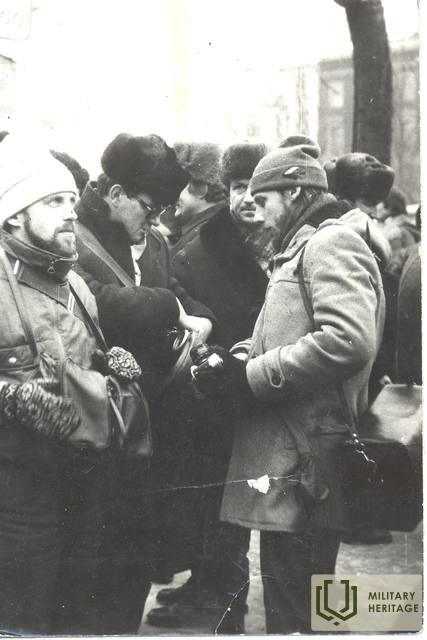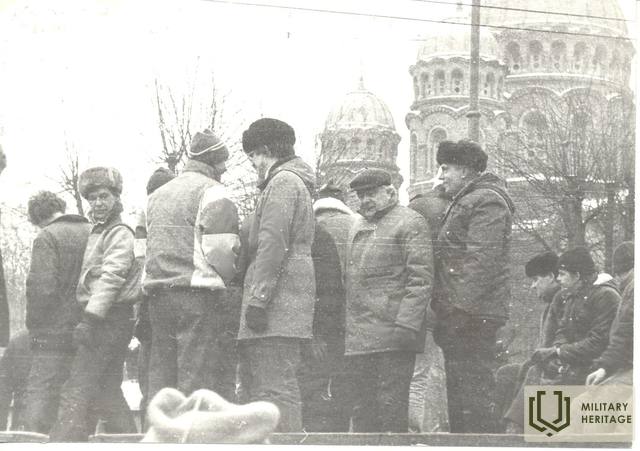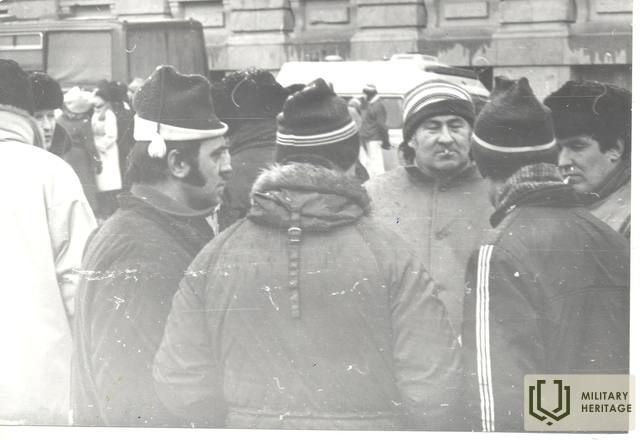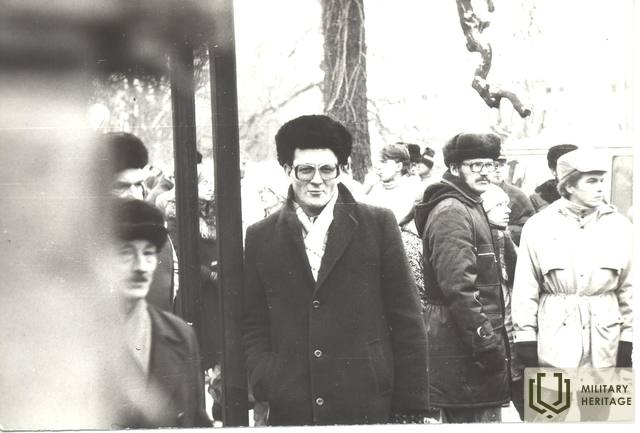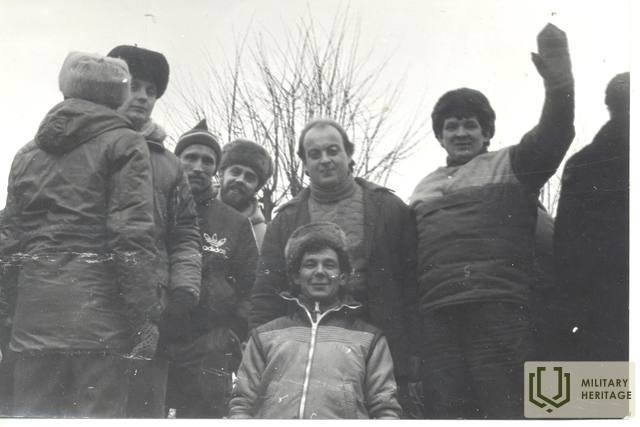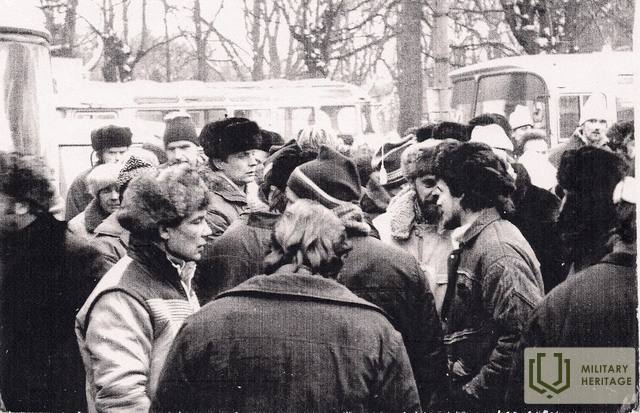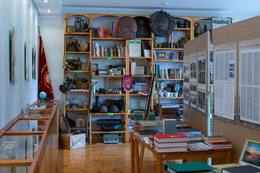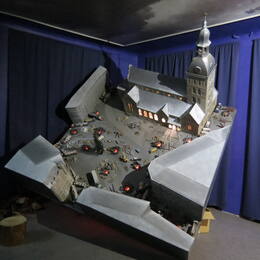Vaidavians on barricades
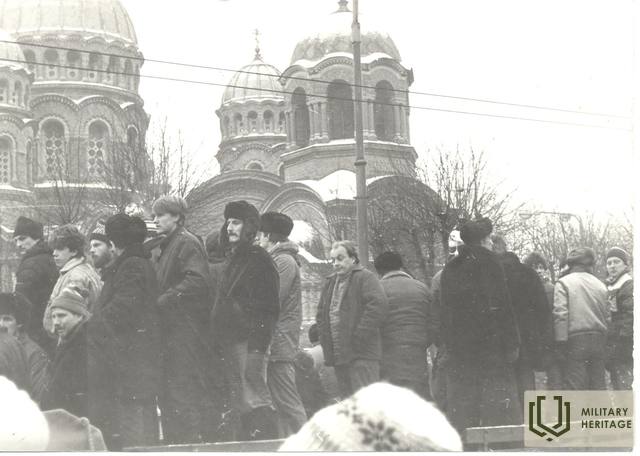
In 2020, in anticipation of the 30th anniversary of the 1991 barricades, Vismants Priedīte shares a story about the participation of locals in these historical events.
The participants went to the barricade protection on the morning of January 14, when the first volunteer guards went to Riga.
The dispatch was organized by Guntis Pīrāgs, Chairman of the Board of Vaidava Joint Venture, Arnis Urbāns, Head of Construction Works of the Latvian People's Front Vaidava Group, and supported by Modris Karselis, Chairman of the Vaidava Parish TDP Executive Committee.
The departure of the barricade guards to the capital was closely coordinated with the management of the LTF Valmiera district branch, but upon arrival in Riga - with the heads of the barricade organization center. The guards of the barricades were transported to the shifts by Uldis Paltiņš and Valdis Jansons. The heavy agricultural machinery of the collective farm did not go to Riga.
Participation in the defense of the barricades from 14 to 26 January was a matter of conviction, not coercion. More than 30 people went to Riga every day. Check-out was at 20.00. People of various professions went to the barricades. Active participants were general economy drivers and mechanics, as well as electricians, people working in ceramics, teachers of Vaidava nine-year school and Vaidava special boarding school, and employees of other professions. Many or so people went to the barricades again, 4 - 5 times.
The main area of operation for the people of Vaava was the protection of the building of the Council of Ministers of the Republic of Latvia. There were also two times on duty at the building of the Supreme Council of the Republic of Latvia. In the event of an attack by independence opponents, the task was to build a live shield behind the heavy equipment in front of the house, as well as to observe the movement of traffic and people and to track down suspicious people - possible provocateurs. The on-call time for each shift was 24 hours. Following the bloody events of January 20, several orphans donated blood to treat the wounded.
Historian Vismants Priedite
Related timeline
Related objects
Permanent exposition of local history of Vaidava parish
Located in Vaidava Culture and Craft Center.
There is an exposition dedicated to the memory of the deportations of 1949, as well as the participation of the people of Riga in the January 1991 barricades in Riga. Evidence of world wars (mainly printed materials) can also be seen in the exhibition.
Natural and historical objects, manors, history of education, culture, notable people, materials of the collective farm time, household items, banknotes, newspapers, magazines about Vaidava parish.
1991 Barricades Museum
The museum is located in Old Riga near the Riga Cathedral. It was founded in 2001 to preserve historical evidence of the events of 1991 in Latvia. A virtual tour of the museum is also available. In January 1991, in Lithuania the Soviet Army opened fire on people who had gathered at the Vilnius TV tower and drove into the crowd with tanks. In response to these events a demonstration of about 500,000 people was organised in Riga to show support to Lithuanians and the readiness of the Latvian people to continue their struggles towards Latvia’s independence. In order to prevent similar events from happening in Latvia, residents began to build barricades in the narrow streets of Old Riga in order to prevent possible attacks of the Soviet Army on the defenders of the barricades. These barricades were also created at various strategic objects not only in Riga, but throughout all of Latvia. Around 50,000 people from all over Latvia participated in defending the barricades. Barricades was a popular movement that helped to regain Latvia’s independence. This is a great example of non-violent resistance in the history of the whole world.




